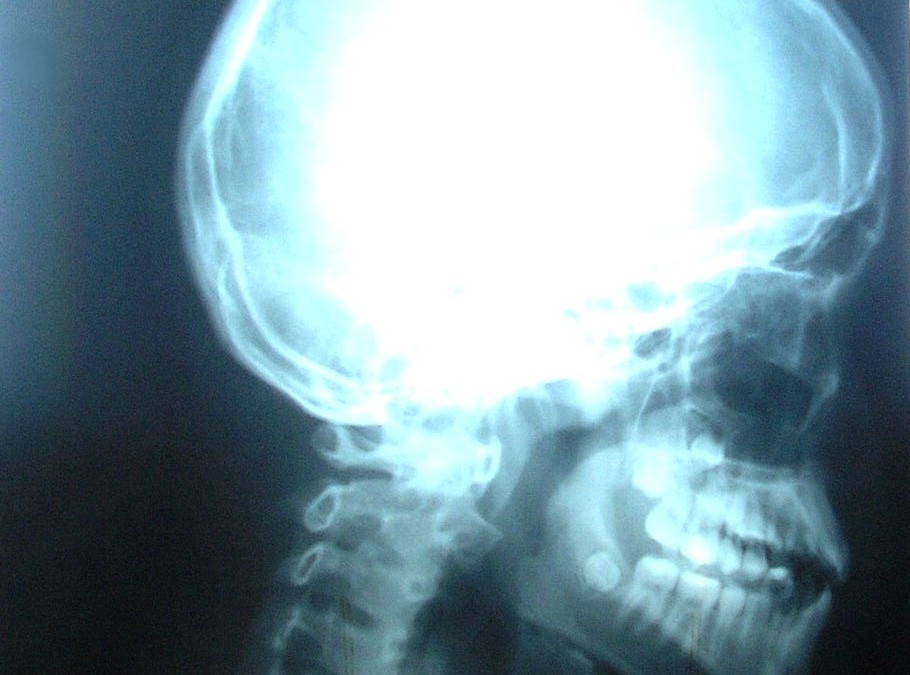Phase 5 – Mobility of the sacrum between the ilia.
The last phase of the Primary Respiratory Mechanism is the mobility of the sacrum between the ilia. Like the cranial bones, the bones of the pelvis were once thought to have fused to form one bony structure. All the new science shows that there is significant palpable movement between the sacrum and the pelvis. This is called the Sacro-iliac joint, or SI joint.
Since the dura is attached to the base of the skull and the sacrum as previously mentioned, the motion of the cranial mechanism is transmitted to the sacrum. The cranium and the sacrum work together as a unit. As the cranium goes into flexion, the sacrum is drawn forward and slightly upward…remember, there is no stretch in the dura, so as the cranium moves, so does the sacrum.
The primary respiratory mechanism is in constant, rhythmic, cyclical motion. The movement of the brain and spinal cord, CSF, meninges, and bones are all synchronous with each other forming one large integrated unit of function. There is little palpable difference in the timing of each of these phases, as it all happens at once…it is one mechanism, one body, one life.
The discovery of the PRM is one of the most profound discoveries in human anatomy and physiology. It shows how the shape and movement of structures governs the functions that they have. I hope you have enjoyed learning about the Primary Respiratory Mechanism as much as I did when I was learning about it 6 years ago.
For more information contact Ultimate Sports Therapy at info@ultimatesportstherapy.com or visit us at http://www.ultimatesportstherapy.com/osteopathy.html
Jason Brandow,
Craniosacral Therapist, Osteopathy Student.

